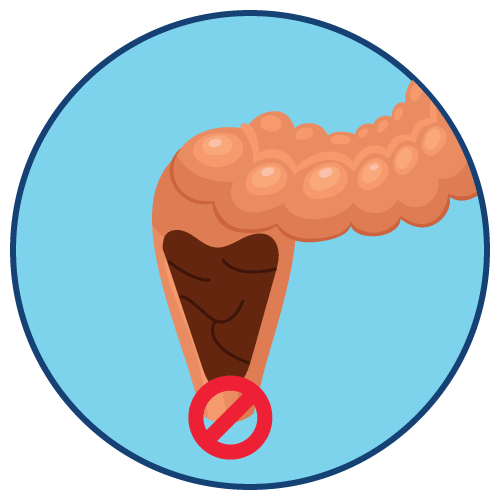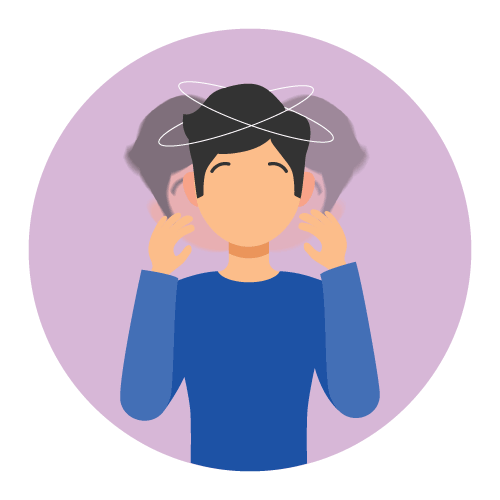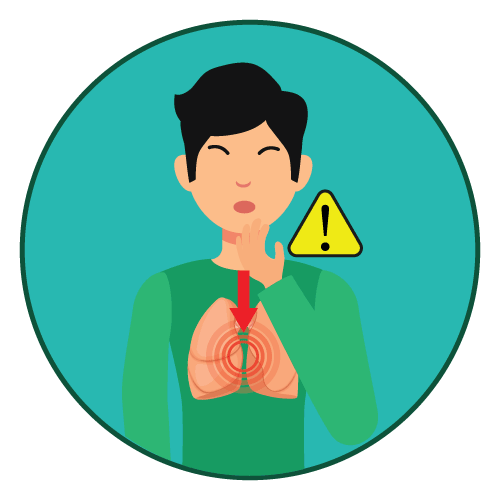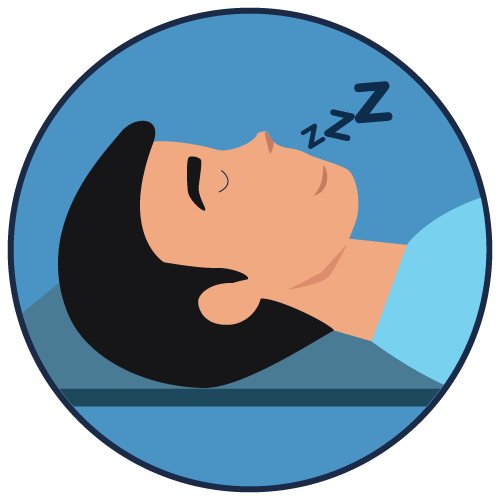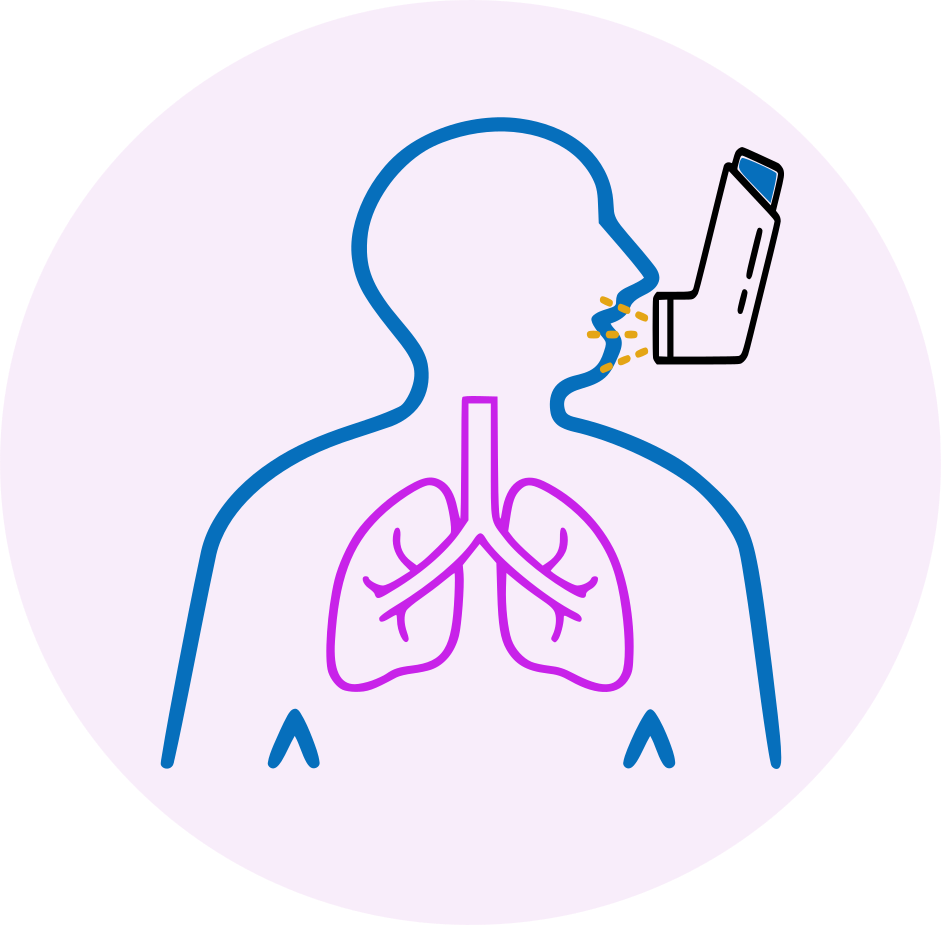| Name | Buprenorphine |
| Classes |
Analgesic / Pain Killer Central Nervous System Agent Narcotic/Opioid Analgesic |
| Diseases |
CNS Disorder Opioid Dependence Pain |
Buprenorphine
Buprenorphine is an opioid analgesic. Buprenorphine acts as a partial agonist at the mu-opioid receptor and an antagonist at the kappa opioid receptor. One unusual property of Buprenex observed in vitro studies is its very slow rate of dissociation from its receptor. This could account for its longer duration of action than morphine, the unpredictability of its reversal by opioid antagonists, and its low level of manifest physical dependence.
Buprenorphine is indicated for the management of severe pain requiring an opioid analgesic and for which alternate treatments are insufficient.
For adults and pediatric patients aged 12 and above:
- The recommended initial dose is 1 mL of Buprenorphine, equivalent to 0.3 mg of buprenorphine. This should be administered through deep intramuscular injection or slow intravenous injection (over a minimum of 2 minutes) at intervals of up to 6 hours, as necessary. A repeat dose of up to 0.3 mg may be given 30 to 60 minutes after the initial dosage, considering the patient's response and previous dose pharmacokinetics. Subsequent doses should be administered only as needed. In high-risk patients, such as the elderly or those with respiratory conditions, and situations involving other central nervous system depressants, the dose should be minimized. Intravenous administration, especially with the initial dose, requires extra caution. In certain cases, a single dose of up to 0.6 mg may be necessary for adults based on pain severity and patient response, but this should be limited to intramuscular administration and only for patients not classified as high risk. Currently, there is insufficient data to recommend single doses exceeding 0.6 mg for prolonged use.
Pediatric Patients
- Buprenorphine has been used in pediatric patients 2-12 years of age at doses between 2-6 micrograms/kg of body weight given every 4-6 hours. There is insufficient experience to recommend a dose in infants below the age of two years, single doses greater than 6 micrograms/kg of body weight, or the use of a repeat or second dose at 30-60 minutes (such as is used in adults). Since there is some evidence that not all pediatric patients clear buprenorphine faster than adults, fixed interval or "round-the-clock" dosing should not be undertaken until the proper inter-dose interval has been established by clinical observation of the child. Healthcare providers should recognize that, as with adults, some pediatric patients may not need to be remedicated for 6-8 hours.
Buprenorphine may cause the following side effects-
- Gastrointestinal disorders: nausea, constipation, vomiting.
- Central nervous system disorders: dizziness, sedation, headache.
- Respiratory disorders: respiratory depression (especially in opioid-naive individuals).
- Dermatological disorders: pruritus, rash.
- Addiction, Abuse, and Misuse: Buprenorphine comprises buprenorphine, classified as a Schedule III controlled substance. Given its opioid nature, Buprenorphine exposes individuals to the hazards of addiction, abuse, and misuse. While the addiction risk in any specific person remains uncertain, patients appropriately prescribed Buprenorphine may experience addiction even at recommended doses and with the drug's misuse or abuse.
- Life-Threatening Respiratory Depression: Serious, life-threatening, or fatal respiratory depression associated with opioid use, even when used as directed, has been documented. Failure to promptly identify and address respiratory depression may result in further respiratory depression and mortality. Management of respiratory depression may involve vigilant observation, supportive measures, and the administration of opioid antagonists, depending on the patient's clinical condition. Opioid-induced respiratory depression's carbon dioxide (CO2) retention can intensify opioids' sedative effects.
- Neonatal Opioid Withdrawal Syndrome: Extended use of Buprenorphine during pregnancy may lead to withdrawal symptoms in the neonate. Neonatal opioid withdrawal syndrome, distinct from adult opioid withdrawal syndrome, can be life-threatening if not identified and managed promptly, necessitating adherence to protocols established by neonatology experts.
- Risks from Concomitant Use with Benzodiazepines or Other CNS Depressants: Profound sedation, respiratory depression, coma, and fatality may arise from using Buprenorphine concurrently with benzodiazepines or other CNS depressants (e.g., non-benzodiazepine sedatives/hypnotics, anxiolytics, tranquilizers, muscle relaxants, general anesthetics, antipsychotics, other opioids, alcohol).
- Risk of Life-Threatening Respiratory Depression in Patients with Chronic Pulmonary Disease or in Elderly, Cachectic, or Debilitated Patients: Administering Buprenorphine to patients with acute or severe bronchial asthma in an unmonitored setting or lacking resuscitative equipment is contraindicated.
- Adrenal Insufficiency: Reports of adrenal insufficiency have emerged with opioid use, particularly following usage extending beyond one month.
- QTc Prolongation: Observations from clinical trials have noted that Buprenorphine can extend the QTc interval in certain subjects.
- Severe Hypotension: Buprenorphine may induce severe hypotension, encompassing orthostatic hypotension and syncope in ambulatory patients.
Contraindication
Buprenorphine should not be administered to patients who exhibit hypersensitivity to buprenorphine (e.g., anaphylaxis) or any other component present in the formulation.
None known.
Buprenorphine should not be administered to patients with-
- significant respiratory depression
- acute or severe bronchial asthma in an unmonitored setting or when resuscitative equipment is unavailable
- known or suspected gastrointestinal obstruction, including paralytic ileus
 Bangla
Bangla English
English
